The colourful flowers of Amyema miquelii (box mistletoe), our Plant of the Month for March, 2018, provide an important nectar source for birds and insects at this time of year when few other plants are in flower. It occurs in all Regions of the State with the notable exception of Kangaroo Island (see map on eFloraSA).
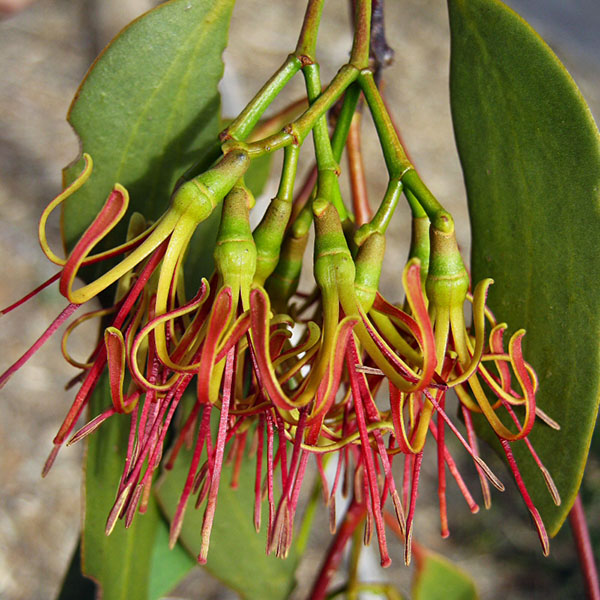
Amyema miquelii flowers. Photo J.G. Conran.
Mistletoes are native, woody, hemi-parasitic plants. Their sticky seeds are dispersed by birds and germinate on the branches of trees or shrubs, forming an attachment known as a haustorium that penetrates the wood of their host. They are dependent on the xylem sap of their hosts for water and nutrients but have leaves with chloroplasts to produce their own food by photosynthesis. South Australia has 17 mistletoe species in four genera of the family Loranthaceae. Further information can be found in the 5th edition Flora of South Australia family treatment available here (3 MB pdf).
Mistletoe species vary in their host specificity. Amyema miquelii is usually parasitic on eucalypts (Cormybia & Eucalyptus) and is only rarely found on other genera. Within the eucalypts, it shows a strong preference for box-barked species (such as Eucalyptus microcarpa, grey box, in the Adelaide area), and some smooth-barked gums that are related to the boxes such as E. fasciculosa (pink gum) and E. leucoxylon (SA blue gum), as well as number of mallees mainly from the red mallee group. Its drooping, falcate leaves mimic those of its eucalypt hosts.
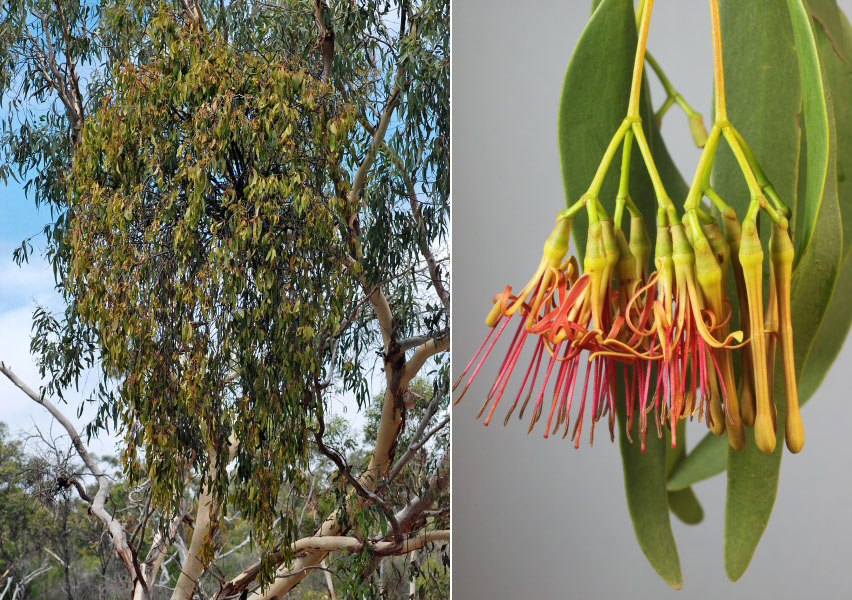
Amyema miquelii habit (left, photo: J.G. Conran) and flowers, buds and foliage (right, photo: P.J.Lang).
Amyema pendula is the most similar species to A. miquelii and is sometimes confused with it. Its leaves are of a similar shape but tend to have more obvious parallel venation and a somewhat rusty tomentum. It is most clearly distinguished by the flower clusters which have the middle flower sessile (lacking a stalk). There is very little overlap with A. miquelii in its host preferences. Amyema pendulum is most commonly found on the stringybarks (Eucalyptus arenacea, E. baxteri, E. obliqua), and on selected gum species (E. viminalis, E. camaldulensis, E. ovata), as well as Blackwood Wattle (Acacia melanoxylon).
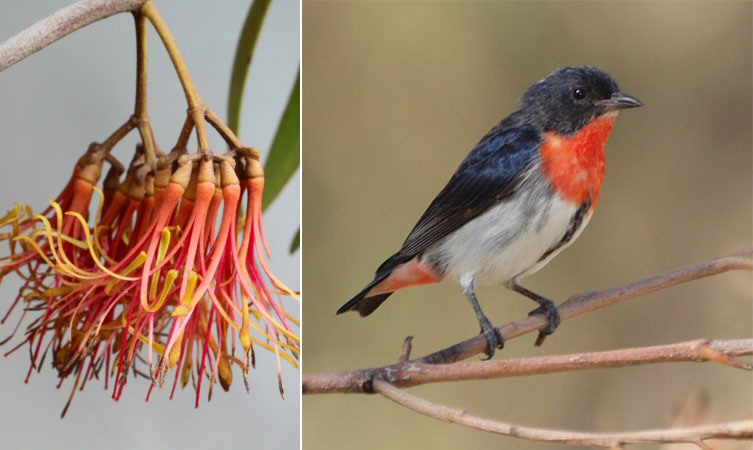
Amyema pendula flowers (left, photo: P.J.Lang), Mistletoe bird (right, photo: Duncan McCaskill, CC BY 3.0, cropped).
Mistletoes fruit form a principal component of the diet of the mistletoe bird (Dicaeum hirundinaceum), and in turn the bird has evolved to become a major disperser of mistletoe. They have a simple gut that can obtain sugars from the mistletoe fruit and pass it rapidly, avoiding damage to the embryo and leaving the sticky coating relatively intact. Furthermore their specialised perching behaviour helps position the defecated seeds on the host plant branches. Mistletoe birds are widespread across mainland Australia but absent on Kangaroo Island which may account for the lack of mistletoes species there.
Contributed by State Herbarium botanist Peter Lang
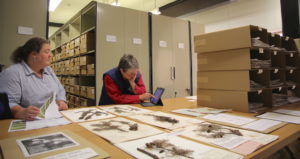


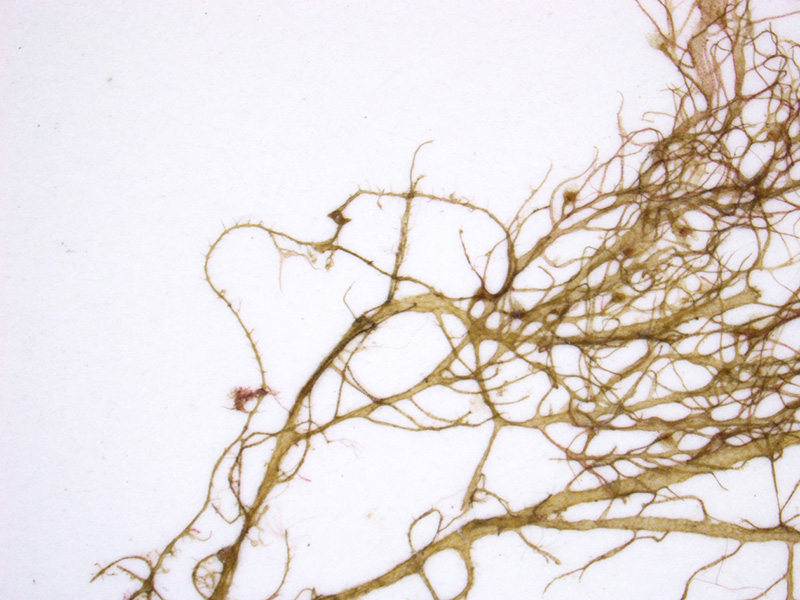
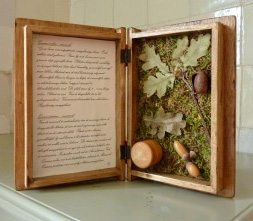
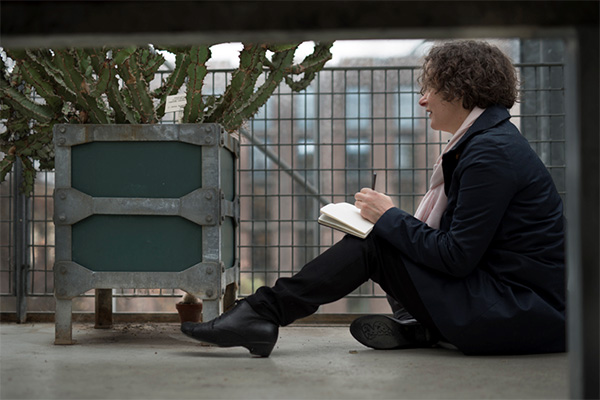





You must be logged in to post a comment.